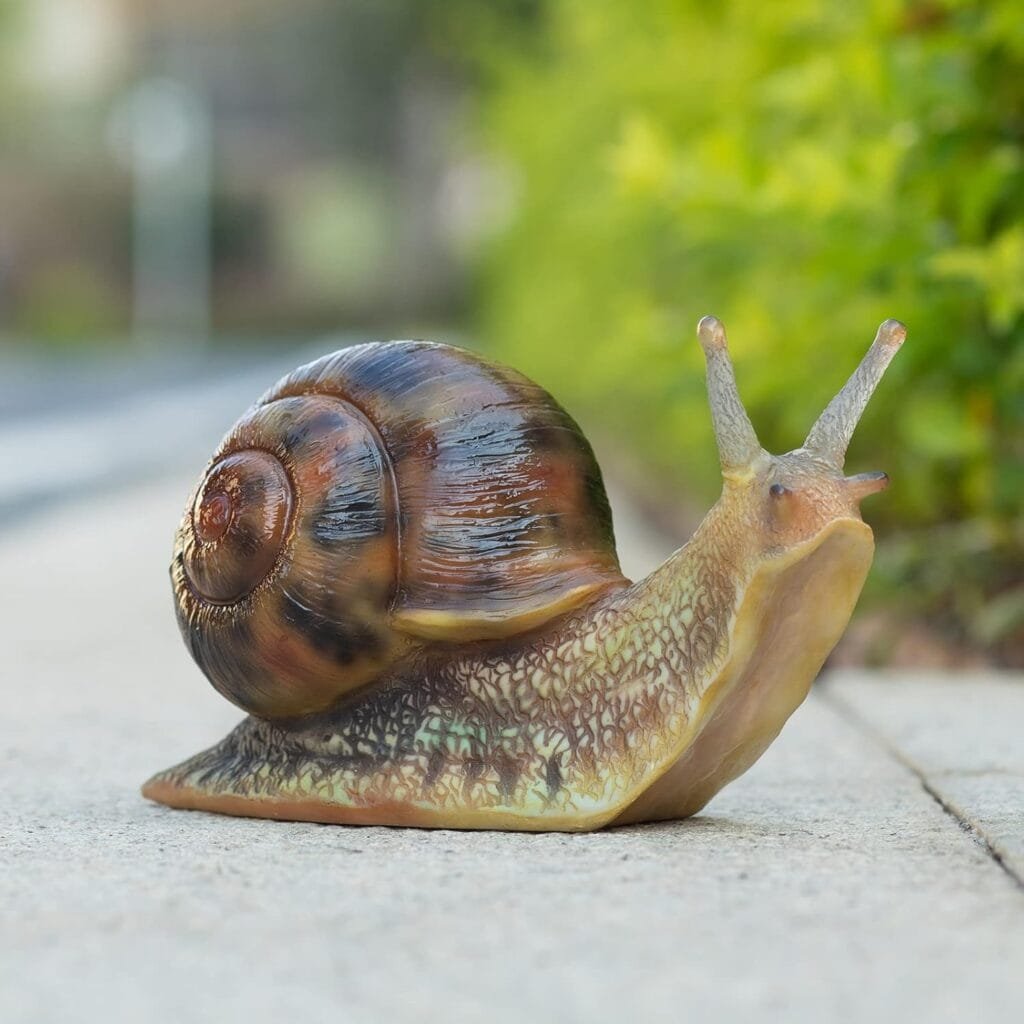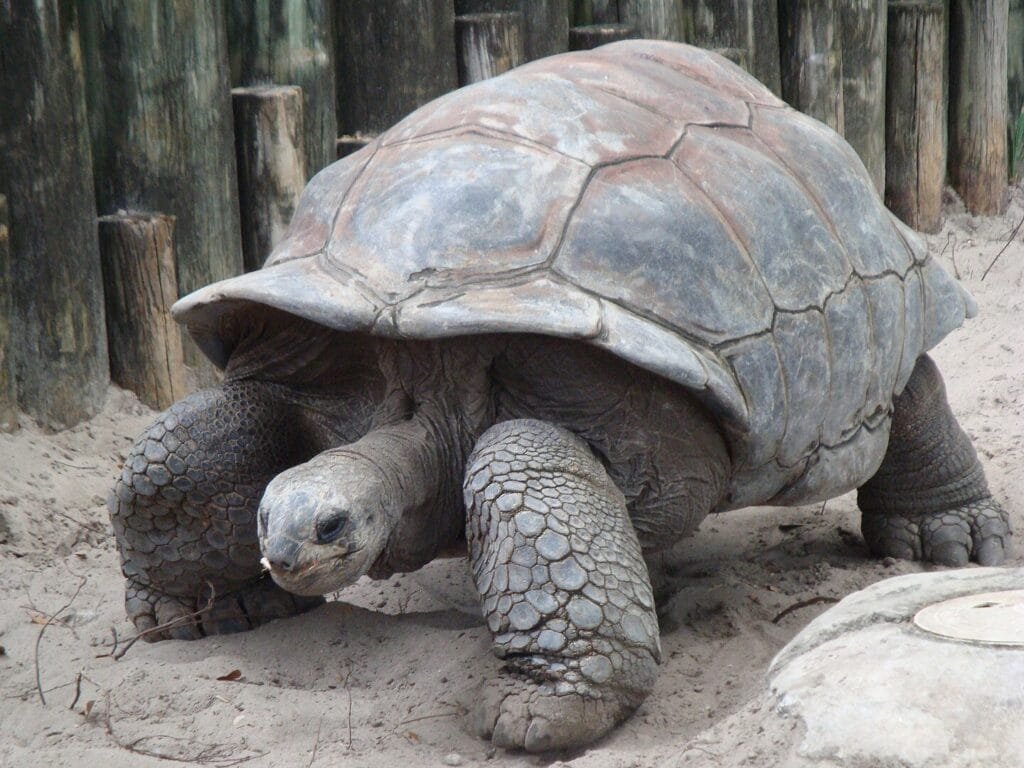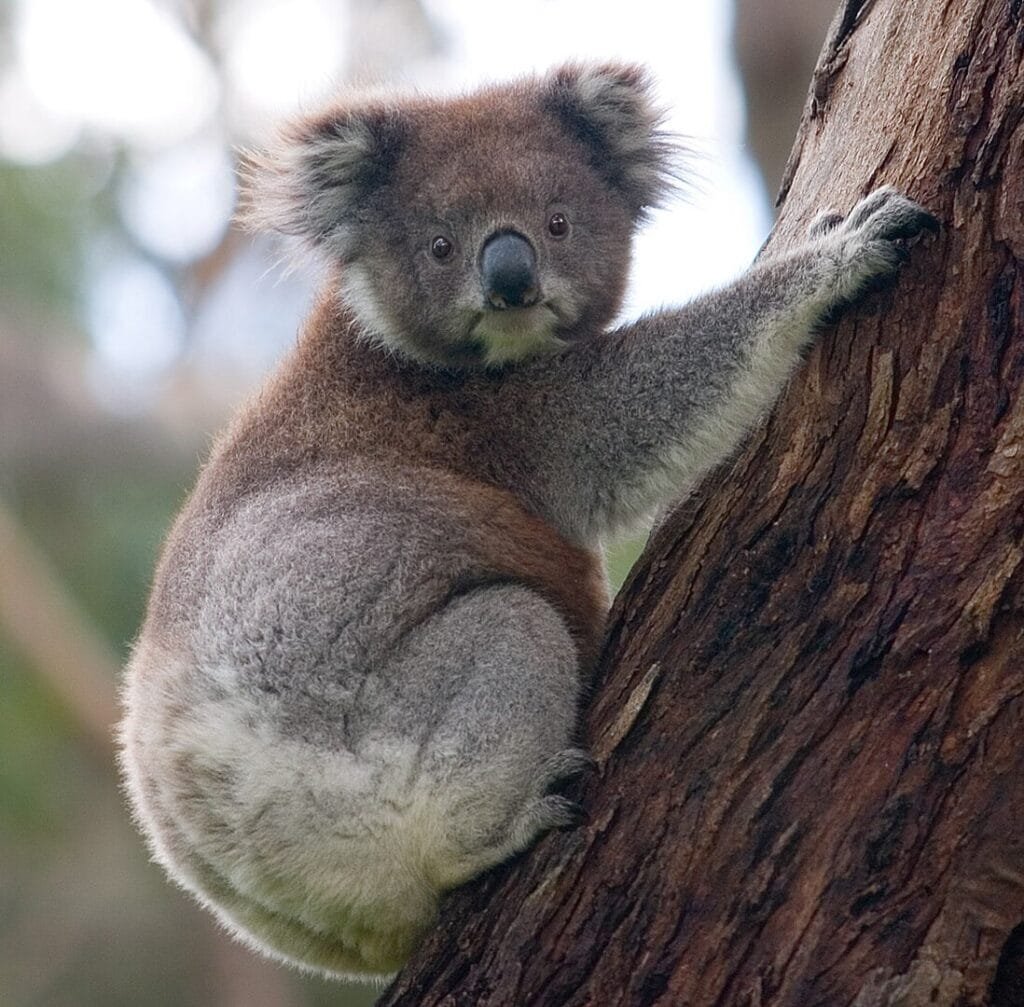The Top 5 Slowest Animals in the World
Nature is filled with fascinating extremes. While some animals like cheetahs showcase speed, others exhibit extraordinary slowness, a trait that often aids their survival. In this blog, we’ll explore the Top 5 Slowest Animals in the World as of November 2024, examining their unique traits and the reasons behind their leisurely pace.
1. Garden Snail
- Speed: ~0.03 mph (or 1 mm/s)

Garden snails are quintessential examples of patience in the animal kingdom. These tiny mollusks move using muscular contractions of their foot, leaving a slimy trail to reduce friction. Their slow pace helps conserve energy, a vital adaptation since they derive limited energy from their plant-based diet. Garden snails are mostly nocturnal and rely on their shell for protection against predators.
2. Giant Tortoise
- Speed: ~0.18 mph

The giant tortoise, found in the Galápagos Islands and Seychelles, is renowned for its leisurely lifestyle. Their slow movements are a result of their hefty body weight and an energy-efficient metabolism. Living for over 100 years, these creatures embody the phrase “slow and steady wins the race.” Their slowness also deters predators, as their tough shell offers excellent protection.
3. Koala
- Speed: ~0.2 mph (on the ground)

Koalas, native to Australia, are among the slowest-moving mammals. They spend up to 20 hours a day sleeping, digesting eucalyptus leaves, which are low in nutrients and difficult to process. Their slow pace minimizes energy expenditure, enabling them to survive on their limited diet. Though clumsy on the ground, they are more adept at climbing trees to avoid predators.
4. Giant Anteater
- Speed: ~0.3 mph

Giant anteaters, found in Central and South America, are methodical in their movements. They forage for termites and ants using their elongated snout and sticky tongue. Their slow gait is a defense mechanism, as they rely on their sharp claws to fend off predators rather than speed. Despite their size, they lead a solitary and tranquil existence.
5. Three-Toed Sloth
- Speed: ~0.15 mph

The three-toed sloth is synonymous with slowness. Found in Central and South American rainforests, these mammals move at a crawling pace to conserve energy, as their diet of leaves is nutrient-poor. Their slow movements also make them less detectable to predators. Sloths spend most of their lives hanging upside down in trees, camouflaged by algae growing on their fur.
The world’s slowest animals demonstrate that speed isn’t the only path to survival. These creatures embody adaptations that suit their environment and lifestyle. Whether it’s the energy conservation of the three-toed sloth or the protective shell of the giant tortoise, their unhurried ways are integral to their success. Observing these slow movers offers a reminder that sometimes, taking life at a slower pace has its own merits.
These creatures may not win races, but they thrive in their niches, teaching us that in nature, there’s more than one way to flourish.
For more top 5:
